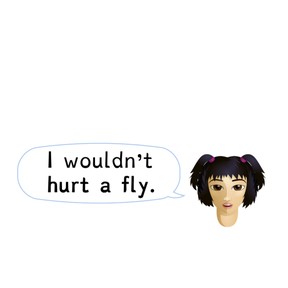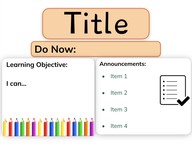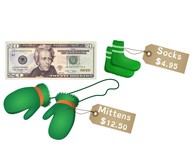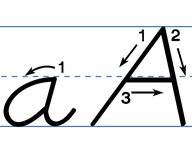
Distinguish between literal and nonliteral language
I can determine the literal and nonliteral meaning of words or phrases.



8,000 schools use Gynzy
92,000 teachers use Gynzy
1,600,000 students use Gynzy
General
In this lesson, students will review the difference between literal and nonliteral. They will use this knowledge to determine whether phrases in sentences have literal or nonliteral meanings. They will complete activities as a class to work on this skill.
Standards
CCSS.ELA-Literacy.RL.3.4
Learning objective
Students will be able to determine the literal and nonliteral meaning of words or phrases.
Introduction
Students will review what "literal" and "nonliteral" mean. They will also discuss a time they have exaggerated. Was the exaggeration meant to be literal or nonliteral?
Instruction
Explain how students can use context clues, own experiences, and pictures to determine if the meaning of a word or phrase is literal or nonliteral. They will read an example of a literal sentence, "The farmer hit the hay with a pitchfork," and an example of a nonliteral sentence, "Makenzie was tired and decided to hit the hay." Students will practice using context clues to determine the meaning of a word or phrase. They will discuss how literal and nonliteral language are used.
Students will read a few short texts and answer questions about a phrase from each text. They will determine whether phrase has a literal or nonliteral meaning. Next, they will sort sentences with bolded phrases into literal or nonliteral meanings. They will then do a similar activity reading 8 sentences and determining whether the phrases have literal or nonliteral meanings.
Quiz
Review literal and nonliteral meaning with 10 questions.
Closing
Have students recall how to tell if a word or phrase has a literal or nonliteral meaning. Then, they will take turns thinking of some literal (e.g., "I would love a piece of cake.") and nonliteral phrases (e.g., "I wouldn't hurt a fly.") Lastly, students will complete a think-pair-share to discuss some of the literal and nonliteral language they have used, heard, or read. They will also write a situation in which they use a word(s) or phrase(s) with a literal and another situation with nonliteral words or phrases.
The online teaching platform for interactive whiteboards and displays in schools
Save time building lessons
Manage the classroom more efficiently
Increase student engagement
Discover more!
About Gynzy
Gynzy is an online teaching platform for interactive whiteboards and displays in schools.
With a focus on elementary education, Gynzy’s Whiteboard, digital tools, and activities make it easy for teachers to save time building lessons, increase student engagement, and make classroom management more efficient.



